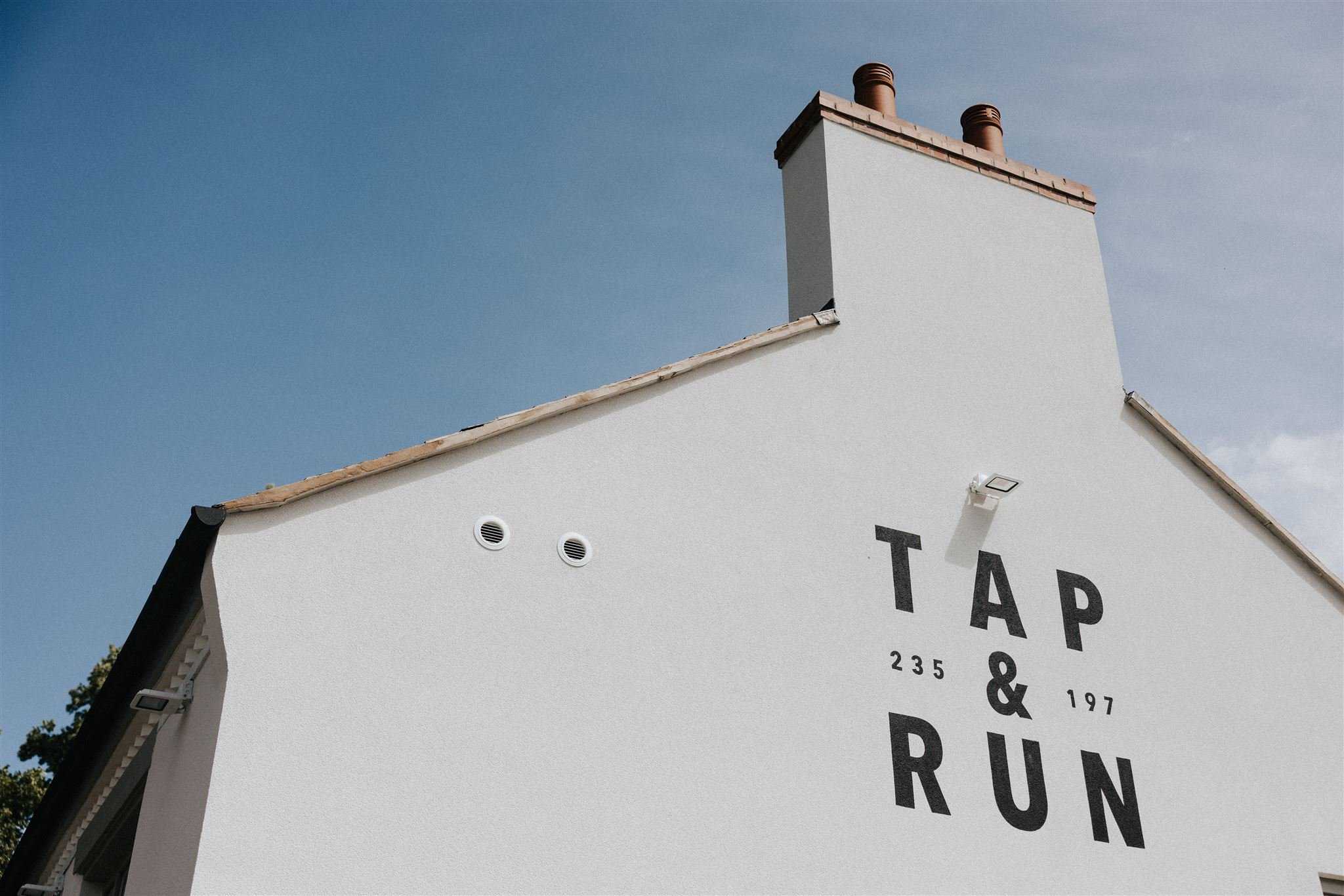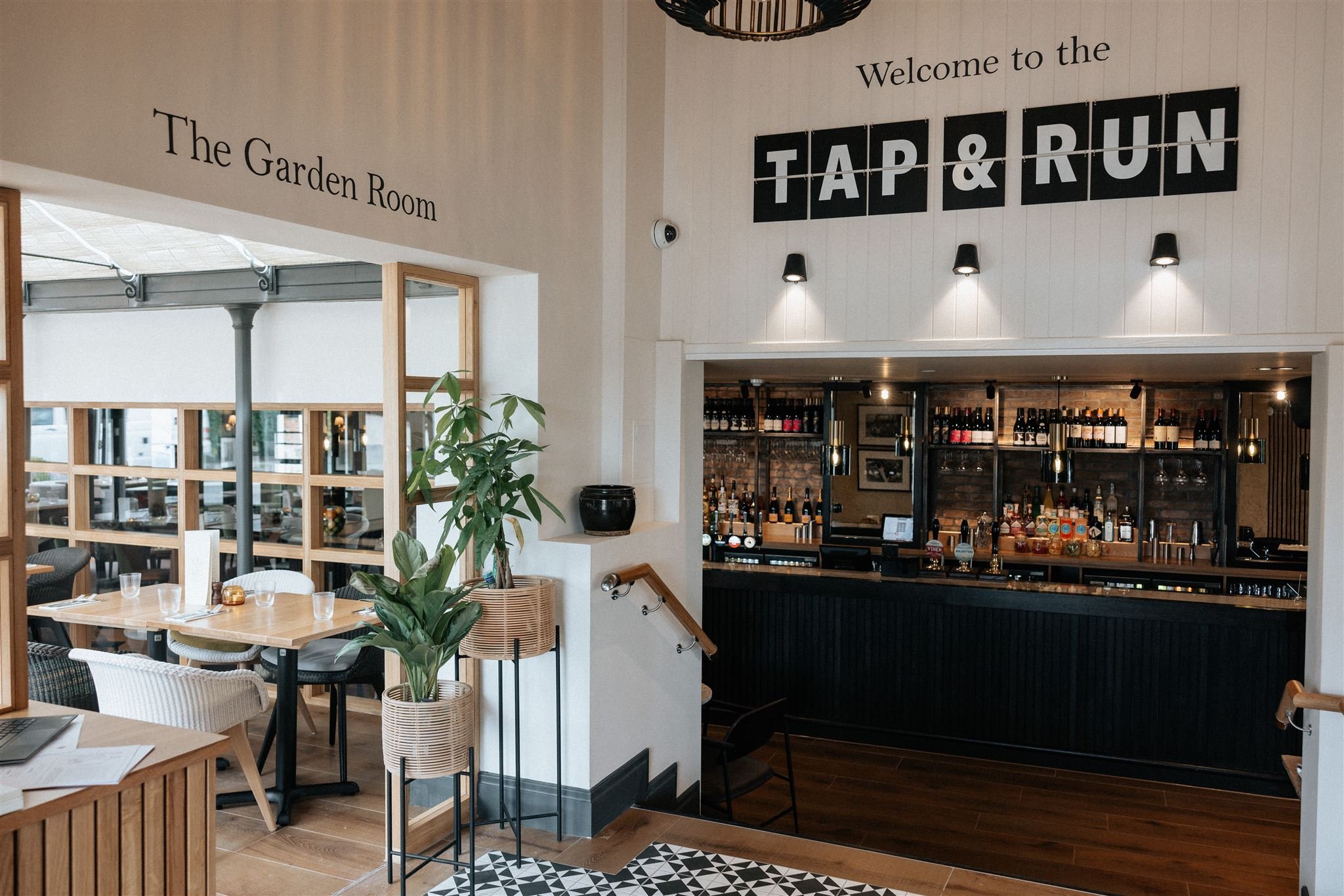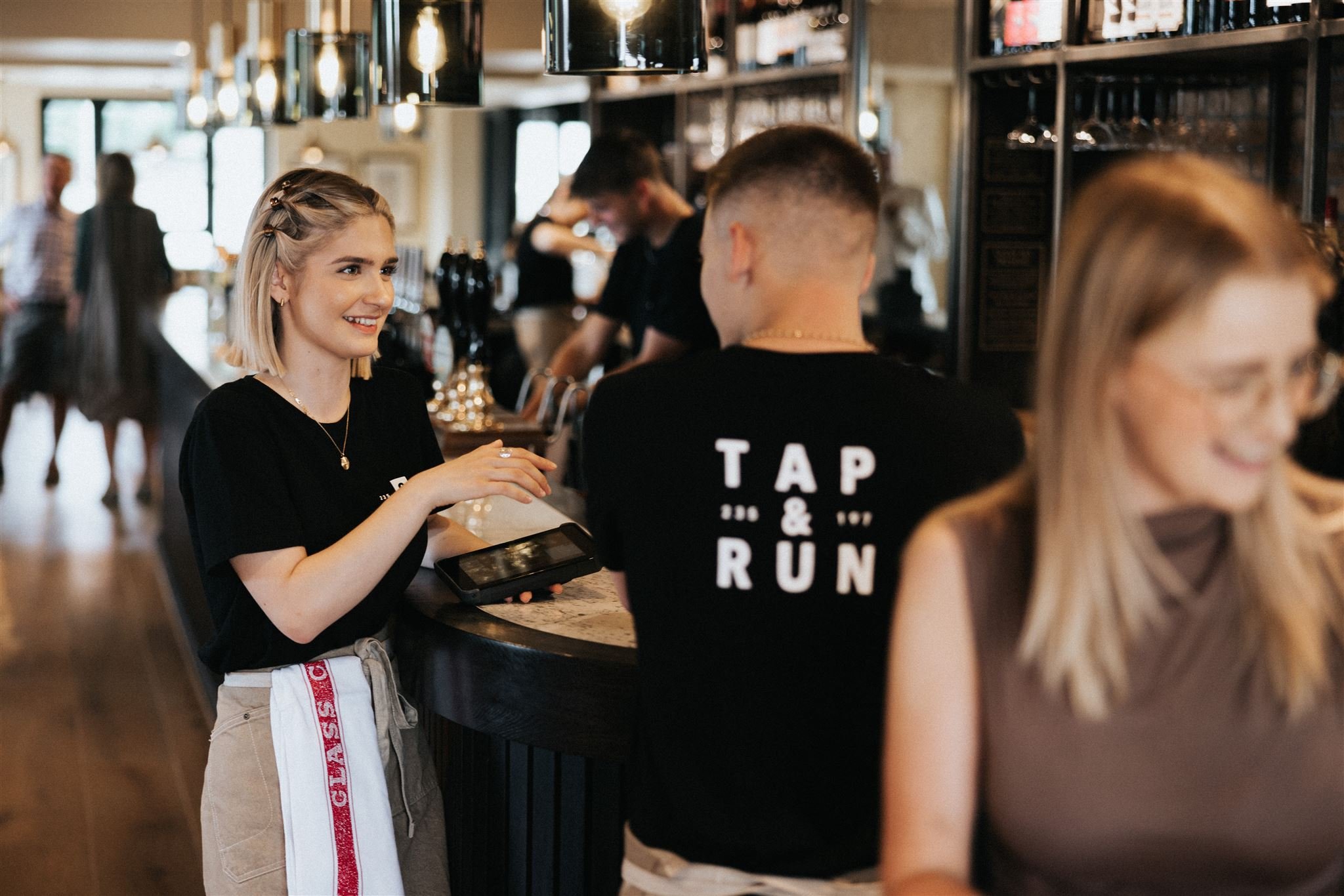Hospitality Branding
Creating a Cohesive Brand Story
In the competitive world of hospitality, where every hotel, restaurant, and resort strives to stand out, effective branding is essential. A well-crafted brand story can differentiate your establishment, build guest loyalty, and leave a lasting impression. In this blog post, we'll explore the best practices for creating a cohesive brand story in the hospitality industry.
1. Define Your Unique Identity
The first step in crafting a cohesive brand story is defining what makes your hospitality business truly exceptional and sets it apart from the competition. Take a moment to consider the various factors that contribute to your uniqueness, such as your prime location, intriguing history, well-defined values, and compelling mission. Delve into your establishment's commitment to sustainability and its efforts to nurture the environment, or perhaps explore the rich cultural heritage that is interwoven into every aspect of your business. Moreover, give thought to the outstanding level of customer service that distinguishes your establishment and makes guests feel truly valued. By understanding and harnessing these distinctive elements, you can lay a solid foundation for your brand story that encapsulates the heart and soul of your hospitality business.
2. Know Your Target Audience
Understanding your target audience is not just important, it is crucial for effective branding. When it comes to building a successful brand, it is essential to know who your ideal guests are and what makes them tick. By understanding their preferences, needs, and expectations, you can shape your brand to better cater to their unique wants and desires. One way to achieve this is by creating detailed buyer personas, which are fictional representations of your target customers. These personas help guide your branding efforts by giving you a clear picture of who you are speaking to and what they value most. Armed with this knowledge, you can tailor your brand story in a way that truly resonates with your audience, speaking directly to their deepest desires and aspirations. It is through this deep and meaningful connection that your brand can truly leave a lasting impression on your target audience.
3. Craft a Compelling Narrative
Your brand story is a powerful tool that goes beyond a simple enumeration of facts and features. It is an opportunity to weave a captivating narrative that not only informs but also emotionally engages your audience. By incorporating storytelling techniques into your brand story, you can create a magnetic tale that irresistibly draws guests into the immersive world of your hospitality business.
To make your brand story truly unforgettable, consider highlighting key moments that have shaped your journey, offering glimpses into the challenges you have triumphed over, and showcasing the values that lie at the heart of your business. The art of storytelling lies in crafting a narrative that resonates deeply with your audience, allowing them to connect with your brand on a meaningful and personal level.
So, as you embark on the task of shaping your brand story, remember that you have the power to create an experience that transcends the ordinary. Embrace the magic of storytelling to forge an emotional bond with your audience, leaving them captivated by your unique narrative and compelled to become part of your hospitality world.
4. Consistency is Key
A cohesive brand story requires consistency across all touchpoints, thereby establishing a strong and cohesive brand image. To achieve this, it is essential to ensure that your branding elements, including logos, color schemes, typography, and messaging, are uniform across all platforms. This means maintaining consistency not only on your website and social media channels but also on your marketing materials and physical spaces. By upholding consistency in these areas, you will not only build trust with your audience but also make your brand more easily recognizable and memorable.
Consistency is key when it comes to brand storytelling. It's not just about having a logo or color scheme; it's about making sure that every aspect of your brand is aligned and connected. By keeping your branding elements consistent across all platforms, you create a unified experience for your audience. Whether they're visiting your website, scrolling through your social media feeds, or receiving marketing materials in the mail, they should be able to instantly recognize your brand.
Moreover, consistency extends beyond the digital realm. It should also be reflected in your physical spaces, such as your office or retail locations. When customers step into your space or interact with your products, they should feel a seamless connection to your brand. This can be achieved through consistent design elements, messaging, and even the type of experience they encounter.
By maintaining consistency in all these areas, you establish trust with your audience. They come to rely on your brand to consistently deliver a certain experience and quality. This builds a loyal following of customers who become your brand advocates, spreading the word about your business to others.
Not only does consistency foster trust, but it also makes your brand more easily recognizable and memorable. When elements like your logo, color scheme, and typography remain consistent, they become ingrained in the minds of your audience. This makes it easier for them to remember your brand and distinguish it from competitors.
Ensuring consistency across all touchpoints is essential for creating a cohesive brand story. By maintaining uniformity in branding elements across platforms, marketing materials, and physical spaces, you build trust with your audience, make your brand easily recognizable, and leave a lasting impression. So, take the time to review and align all your brand elements to strengthen your brand's image and story.
5. Showcase Your Personality
Personality is what truly sets your brand apart from the competition and leaves a lasting impression on your customers. It is the essence of your hospitality business, shaping how others perceive and connect with your brand. Therefore, it is of utmost importance to carefully determine the personality traits that align with your brand's identity and values.
Consider whether you want your brand to be known for its friendly and approachable nature, which fosters a warm and welcoming environment, or if you aim to exude an air of luxury and exclusivity, creating an aura of sophistication and exclusiveness. By understanding and embracing these traits, you can then effectively integrate them into every aspect of your brand - from its voice and visuals, to its interactions with guests.
Incorporating these personality traits into your brand's voice means crafting messaging that resonates with your target audience and reflects the desired personality traits. Whether through written communication like website content, social media posts, or in-person interactions, your brand's voice should consistently embody the chosen personality traits, enabling guests to feel a strong connection with your business.
Similarly, the visuals associated with your brand, such as logo design, colour schemes, and overall aesthetic, should carefully reflect the chosen personality traits. For instance, if your brand aspires to be seen as friendly and approachable, choosing warm and inviting colours, along with imagery that conveys a sense of familiarity and comfort, can aid in conveying this personality trait effectively.
Finally, the way your brand interacts with guests should mirror the desired personality traits. Friendly and approachable brands may prioritize creating a relaxed and easy-going atmosphere, where staff members engage warmly with guests, while luxury-focused brands may emphasize personalized and high-end experiences, catering to the desires and needs of each guest individually.
Remember, in a highly competitive industry like hospitality, personality becomes an integral part of creating a lasting impression. So, take the time to thoughtfully determine the personality traits that best represent your brand, and then skillfully weave them into your brand's voice, visuals, and interactions with guests for an authentic and memorable brand experience.
6. Embrace Visual Storytelling
In the hospitality industry, visual elements serve as powerful tools in crafting compelling narratives that captivate guests and ignite their imagination. By incorporating high-quality images and videos that not only showcase your property and services but also encompass the essence of the unique experiences you offer, your brand can leave a lasting impression on potential guests. It is crucial to select visual content that aligns seamlessly with your brand's personality and story, enhancing its authenticity and appeal. Investing in professional photography and videography can elevate your brand's visual presentation, allowing you to create an immersive and visually enticing brand story that resonates with your target audience.
7. Engage Your Team
Your staff should not only embody your brand story but also serve as the living, breathing manifestation of your company's ethos. It is essential to invest in training your team members to not just comprehend, but truly internalize and convey the brand's values, mission, and personality to every guest they interact with. By transforming your employees into passionate brand ambassadors, the impact goes beyond mere customer service; it enhances the overall guest experience while solidifying and reinforcing your brand story in the minds of those who encounter it.
8. Gather Guest Feedback
Regularly seek feedback from guests to understand how your brand story resonates with them. What do they love about your hospitality business? What aspects could be improved? Guest feedback can help you refine your brand story and make necessary adjustments to better connect with your audience.
9. Evolve and Adapt
The hospitality industry is undeniably dynamic and ever-evolving. As a brand within this realm, it is essential to recognize the importance of continually adapting and staying in tune with the latest industry trends. By proactively embracing changes and keeping an eye on guest preferences, you can position yourself as a frontrunner in the competitive market. Additionally, understanding and responding to cultural shifts will ensure that your brand story remains not only relevant but also resonates deeply with your target audience. Therefore, it is crucial to periodically revisit and refine your brand story, to ensure that it reflects the ever-changing landscape of the industry and effectively captivates your customers.






